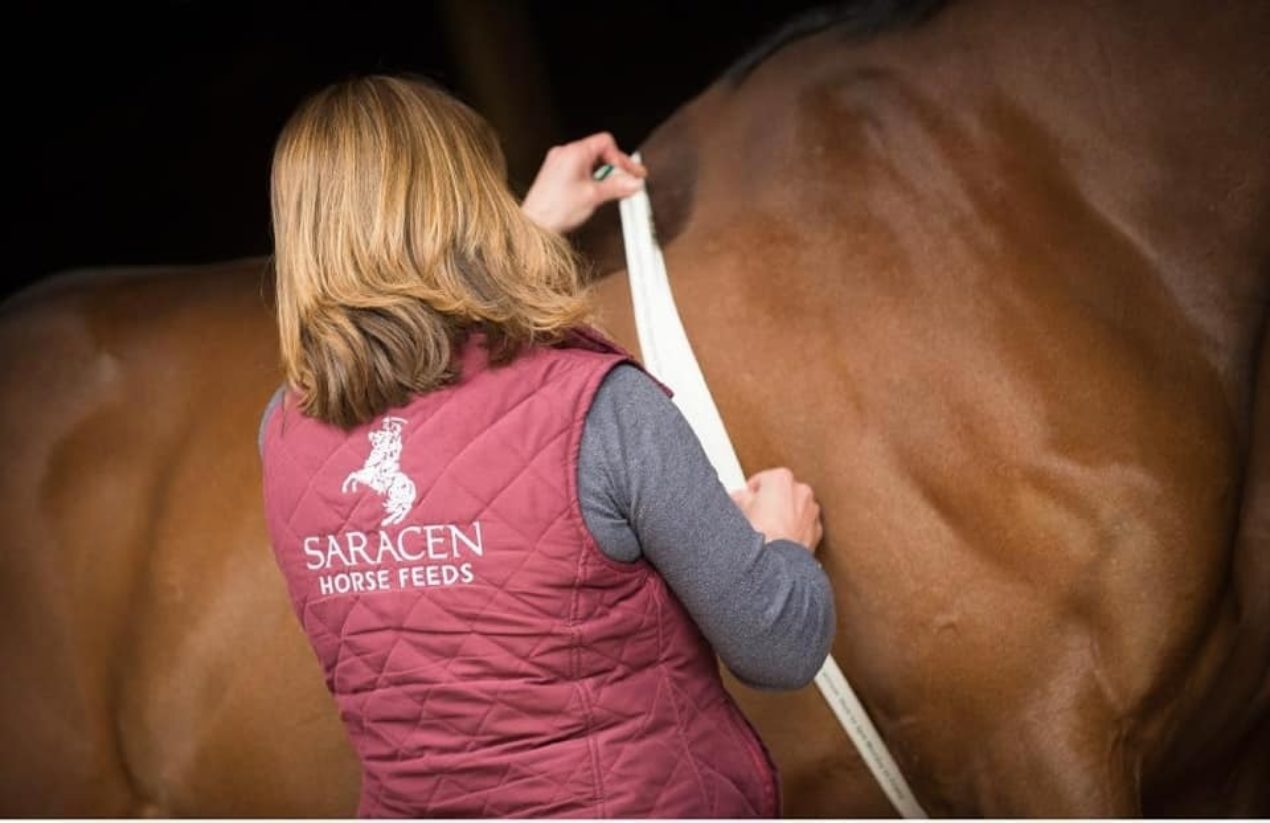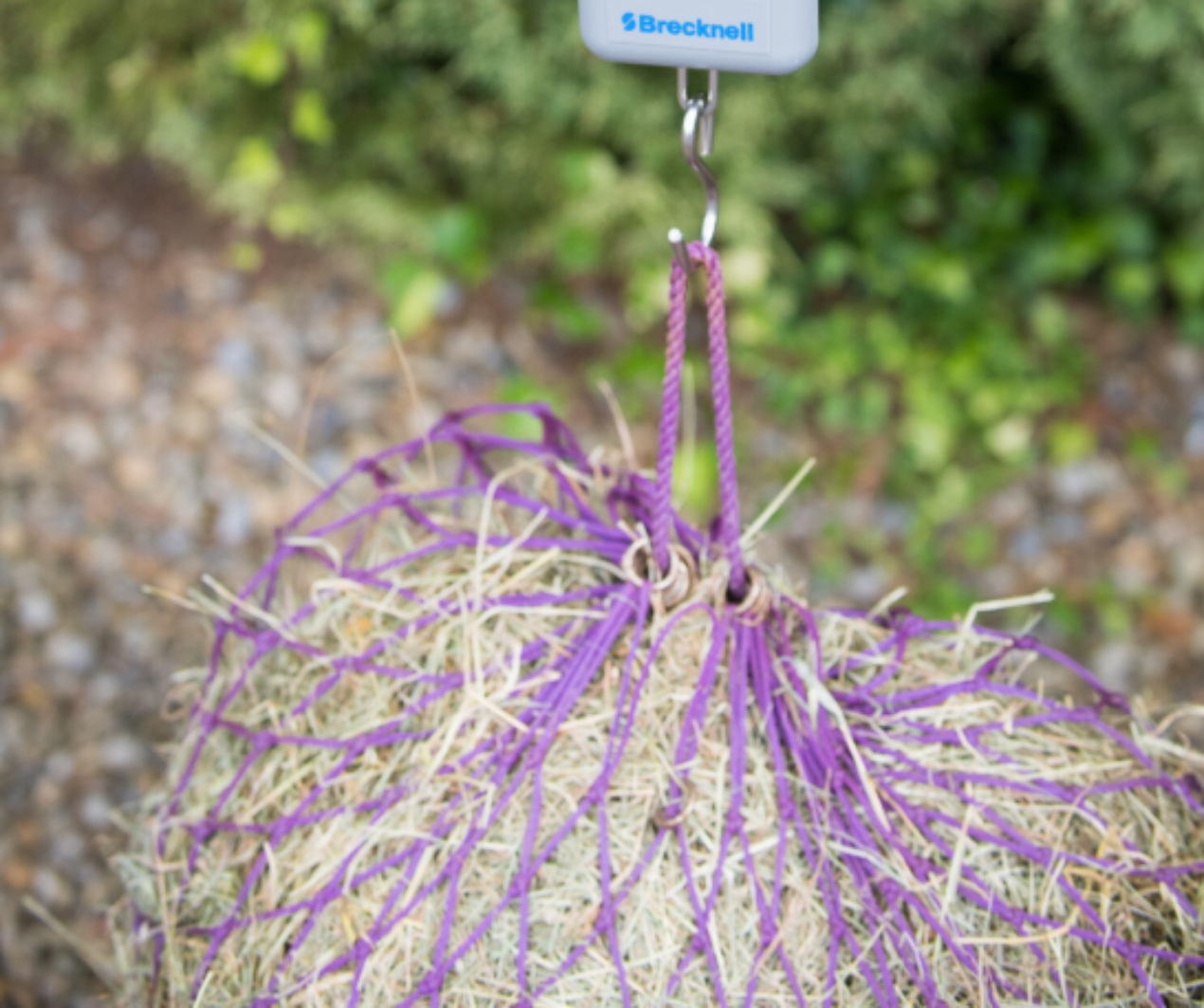Feeding The ‘Good-Doer’
Many people own a horse or pony that seems to only need to look at a blade of grass or pony nut and they just keep piling on the pounds.
These equines often leave their owners feeling guilty because they appear to be eating very little and yet they are still fat. Excess weight is a serious problem and one that should not be overlooked. The overweight horse is more likely to suffer from long-term health problems and is certainly going to be unable to perform to its true athletic ability. Perhaps the most serious implication of excess weight is the increased predisposition to the most serious and potentially fatal disease Laminitis. The following points are designed to help you feed and manage your ‘good doer’.
Condition Scoring
Learning how to condition score accurately should form the foundation of any equine management program. Condition scoring is a visual and “hands-on” assessment of your horse’s ‘condition’ to assess the body fat covering particular points of the horses’ skeleton. The results are graded on a scale of 1 – 9, to find out what the scale looks like click here.
The actual process of condition scoring could fill an entire article but as a guide, you should be aiming for a condition score of 5 - 6 for the majority of horses in light-moderate work. ‘Good doers’, on average, tend to have a condition score of between 7 and 8, which significantly increases the risk of laminitis. For further information on how to Condition Score take a look at our Weight Management page.

Exercise
A horse will only lose weight if he is expending more energy that he is consuming. Initially he may feel rather sluggish and reluctant to go forward, but as the weight begins to drop off he should become more active. Make sure that you increase the workload gradually and start to incorporate lots of hill work. Remember that low intensity work e.g. walk and trot, will burn fat. Fast work will only deplete muscle glycogen stores and put unnecessary strain on cardiovascular, respiratory and muscular systems.
How to feed the Good-Doer?
So how do we feed the Good-Doer to encourage weight loss whilst ensuring their nutritional needs are being met?
Forage
- Most horses will eat around 2.5% of their bodyweight in forage in a 24-hour period
- To promote sensible and gradual weight loss this can be reduced to 1.5% of body weight
- Make sure you weigh your hay, feeding by slice, wedge or armful can lead to over or underfeeding
- Aim to feed a low calorie, low starch and sugar hay or haylage
- Some hay can be replaced with good quality oat straw, or low-calorie chaff to reduce the calorie intake of the die. Remember to only feed straw if the horse has good dentition
- Restrict grass intake by using a muzzle or strip grazing
- Turn horses out overnight when sugar levels in the grass are lower and horses tend to eat less
- NEVER starve a horse, even if they are overweight, as this can lead to digestive and behaviours issues, as well as extremely serious and potentially fatal conditions in extreme cases
Top Tip - Extending the amount of time that the horse spends eating can be done by offering his hay in small hole haynets and placing several of them around the field or stable to encourage him to move between them to keep his metabolism boosted.

HARD FEED
- All horses need to be provided with the vitamins, minerals and quality protein that are not found in the forages they eat
- Traditional ‘hard feeds’ are formulated to provide these essential nutrients
- only when fed at the manufacturer’s recommended feeding levels
- usually 2 – 3kg per day for a 500kg horse which
- likely to encourage weight gain in good-doers if fed at these levels.
- If feeding a good-doer a better option is to use a feed balancer.
- formulated to be fed in much smaller intakes
- usually 100 – 200g per 100kg bodyweight
- supply the essential nutrients the horse needs whilst providing much lower levels of calories
ESSENTIAL BALANCER is low in sugar, starch and calories and is suitable for all horses and ponies that are good doers. Dense in vitamins, minerals and quality protein sources, Essential Balancer helps to maintain muscle tone and topline as well as supporting optimum health and vitality. A source of Omega 3 fatty acids helps to condition and shine the coat, whilst the healthy hoof package with the research recommended 30g/kg biotin ensures optimal hoof health.
SHAPE-UP™ is a low starch, high fibre mix designed to provide a balanced diet at low intake levels, as well as supporting a normal, healthy metabolism. It can be used as a calorie-controlled ration for those prone to laminitis, Equine Metabolic Syndrome or Cushing's in order to meet micronutrient requirements without excess sugar, calories and starch intake. To further support optimal health and wellbeing Shape-Up™ contains a marine derived digestive buffer (Acid-Buf), a mycotoxin binder, an elevated level of omega 3 fatty acids, cinnamon, magnesium and a healthy hoof package. Shape-Up™ is a feed that we often recommend for horses in higher levels of work that need more energy (calories) than a traditional pelleted balancer will provide but not as much energy (calories) as a performance level feed, due to the risk of unwanted weight gain
COMPETITION-FIT BALANCER is unlike many other balancers on the market as it is in mix form and therefore has a small cereal inclusion to provide some instant energy and ‘sparkle’ when needed during work periods, as well as an elevated oil inclusion to support optimal stamina levels. It provides an excellent source of quality protein to support muscle tone and function as well as encouraging topline development. It also contains a unique marine derived Acid Buf, as well as an optimal yeast inclusion marine derived Acid-Buf and yeast culture to help support and maintain healthy fore and hindgut microbial activity, resulting in maximum utilisation of hard feed and forage through optimal fibre digestion.
More oomph....
- As long as your good-doer has lost the excess weight you can consider using small amounts of a high energy mix
- Good choices from the Saracen range are ENDURO-PERFORMANCE or COMPETITION-FIT-MIX.
- These mixes contain cereals, which are digested very quickly by enzymes in the small intestine into glucose
- Glucose is absorbed into the bloodstream and made available as an energy source for the horse to use very quickly
- This provides the horse with ‘fast release’ energy.
- Fast release energy sources are more likely to be used immediately for the work being done rather than being used to put on condition.
Remember that Energy = Calories
To introduce a higher energy feed into the diet means introducing more calories. It is therefore very important to only introduce a high energy, cereal based feed once your horse is at a correct weight and is in a regular work routine.
Download a PDF of this fact sheet for future reference.
Download nowFeed Advice Form
Complete our online form to receive a detailed nutritional plan for your horse or pony from one of our registered nutritionists.
Quick Feed Finder
Use our quick and easy feed finder as a guide to select the right feed for your horse or pony.












